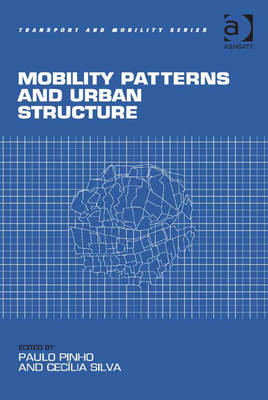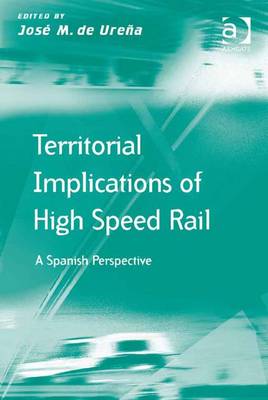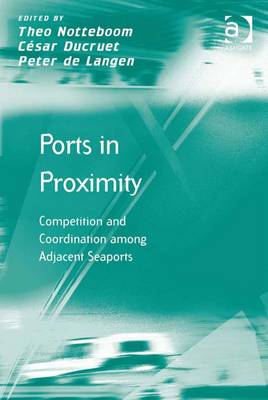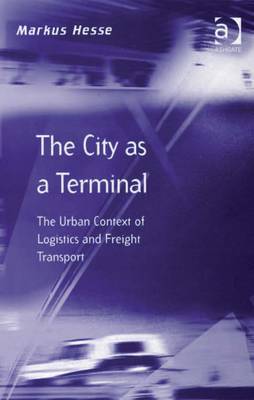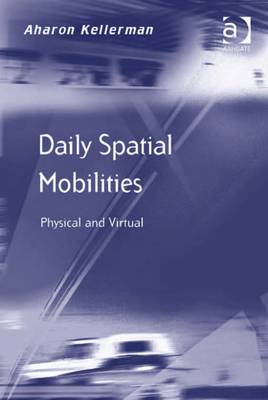Transport and Mobility
5 total works
Mobility Patterns and Urban Structure
Despite extensive efforts to understand the overall effect of urban structure on the current patterns of urban mobility, we are still far from a consensual perspective on this complex matter. To help build agreement on the factors influencing travel behaviour, this book discusses the influence of alternative urban structures on sustainable mobility. Bringing together two existing and complementary methods to study the relationship between urban structure and mobility, the authors compare two case studies with distinct urban structures and travel behaviour (Copenhagen and Oporto). Of particular concern is the influence of urban structure factors, namely land use and transport system factors, and motivational factors related to the social, economic and cultural characteristics of the individual traveller.
The research presented in this book highlights the relevance of centrality in travel behaviour and in more sustainable travel choices. Different operational forms of the centrality concept are revealed as important: it is shown that more sustainable travel can be influenced by several urban structure factors and that no particular combination is required as long as a certain level of centrality is provided. Finally, the book concludes that urban structure can, on the one hand, constrain and, on the other hand, influence travel choice.
Territorial Implications of High Speed Rail
High Speed Rail's (HSR) main objective is to attract air passengers between big metropolitan areas however the main territorial implications in many cases occur not in these metropolitan areas but in the intermediate cities. These implications open up new spatial planning possibilities such as decentralization, new regional centres and urban renewal projects.
This book presents the experience of 20 years of HSR in Spain including some explicit information, arguments and conclusions derived from HSR in other European Countries. It debates the HSR territorial implications at three scales: national, regional and local, thus being of interest for strategic debates at those scales, such as the decision of new national lines, the pros and cons of deviating the line to reach minor intermediate cities or the selection of precise locations for new stations and the development projects in their surroundings.
Comparisons with the recent changes in accessibility, spatial distribution of population and activities, are made with mobility for working purposes and with the characteristics of the HSR passengers. This book also examines the actions, strategies and urban projects that medium size cities can use to make best use of HSR opportunities, synthesising the experience of HSR medium cities in Spain and Europe. The book's conclusions will be of interest, over and above scholars, to transport infrastructure decision makers, city and regional planners and managers, and transport companies.
Ports in Proximity
Ports in Proximity provides an overview of key contemporary research in the field through a broad range of international case studies. The concepts of strategic management, supply chain management, port and transport economics and economic and transport geography are applied throughout the book to offer an in-depth understanding of the processes underlying spatial and functional dynamics in port systems. The opportunities for cooperation between competing adjacent ports is examined while the avenues for further joint research are identified, setting an agenda for further study.
The on-time delivery of goods is regarded as a primary factor of the urban economy and is being monitored by businesses and government alike. However, much analysis of freight transportation and the flow of goods into, out of and within urban areas focuses on functional, business-related approaches.
This book examines the interrelationship between logistics development on one hand and urban development and geographical issues, such as land use and location, on the other. Avoiding certain one-dimensional views on 'logistics impacts on the city', it discloses the complex interaction of the logistics system with the entire urban environment. It also bridges the gap between recent geographical research into new production systems and (post)modern consumption patterns.
Illustrated with case studies from the United States, Germany, France, The Netherlands and the United Kingdom, it examines issues such as: the historical nexus between urban areas and logistics; current urban developments with regards to goods distribution; city-region related characteristics of freight flows; locational dynamics; and specific freight related urban problems and conflicts.
Discussing the concept of mobility at large and that of spatial mobilities in particular, this book makes the case for daily spatial mobilities as a distinct type of mobility and explores this concept from a variety of perspectives. Daily mobilities, such as for commuting, shopping, social ties, information, banking, news, studies, business meetings, etc. are typified by their being two-way mobilities, frequently performed, constituting a major element of our daily routine lives, and inclusive of both corporeal and/or virtual mobilities.
Outlining his argument for daily spatial mobility, author Aharon Kellerman focuses on needs and triggers for daily mobilities, on levels of personal mobility and personal autonomy in daily mobilities and on potential mobilities leading to practiced ones. The concept is further explored using three major types of daily mobility, terrestrial, virtual and aerial and three major spatial elements; urban spatial reorganization in the information age, mobility terminals, namely bus, metro, and railway stations as well as airports, and global opportunities through daily mobilities, notably for users of the Internet.
